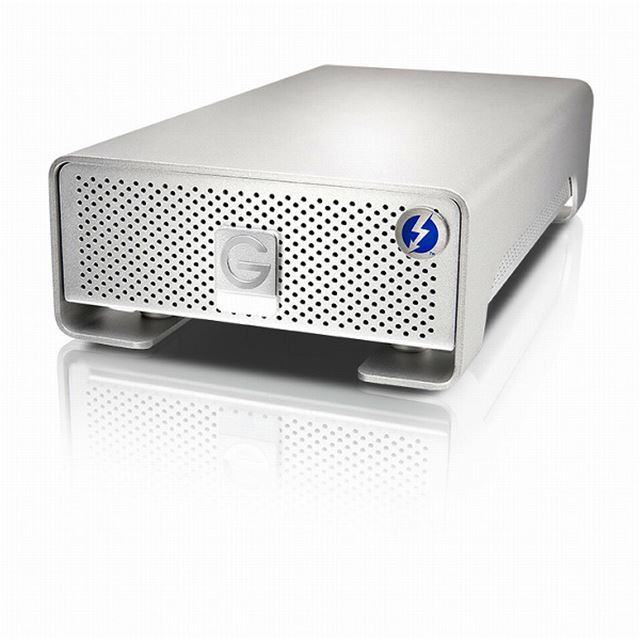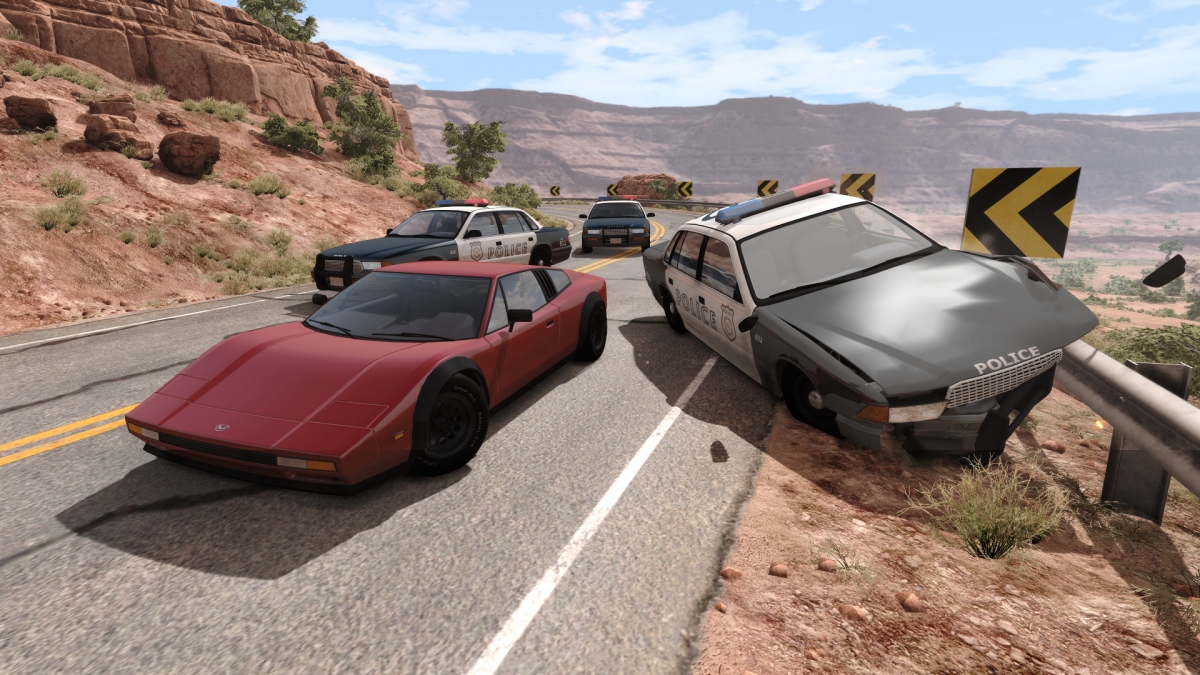
That’s either for an object of our target class, or vector for anything else. Label_mode='categorical' tells Keras to convert these into categorical labels - a 2x1 vector It knows the images in /objects are one class, and those in /random another. We’ll also need to load labels, though Keras will help with this.

Images such that each pixel value is a float from 0 to 255. Keras’s image_dataset_from_directory will take care of most of this, though it loads To load the images into memory, resize them to be 64圆4, and convert them to raw, uncompressedĭata. We’ll end up with the following file hierarchy:Ĭurrently, our data is stored on-disk as JPG files of various sizes. It’s easy to change the datasets being used.
We could use the TensorFlow dataloader utilities, but we’ll instead do it manually to make sure Note that there are some cars in the COCO 2017 data set, but it’sĪ small enough fraction not to matter - just keep in mind that this will drive down our percieved Smaller, and thus faster to download than the full training set. We’ll also need images of random things thatĪren’t cars, so we’ll use the COCO 2017 validation set (it’s Which contains 16,185 full color images of cars. To get our car images, we’ll be downloading the Stanford Cars dataset, Whatever category you like! Just change the source URL below to one containing images of another In this tutorial, we’ll create a model to detect if an image contains a car, but you can use Need a bunch of images that aren’t of cars, as we’re trying to distinguish these two classes. With thousands of images of all sorts of objects and labels of what’s in each image. To get these images, we’ll need a publicly available dataset To compile and deploy it for an Arduino that uses one of these processors.Ĭonvolutional neural networks usually learn by looking at many images, along with labels telling Show how these models can be modified to work around this requirement. Vision model (like MobileNet or EfficientNet) will be able to run. These devices have very little memory (~250 KB RAM), meaning that no conventional edge AI NRF52840 (costing five dollars each on Mouser) or the RP2040 (just $1.45 each!). To make these devices affordable, we would like them to need only a low-cost processor like the

Or a forest camera might look for a kind of animal, so they can estimate how large A traffic light might look for cars, so it can judge which lights should changeįirst. This can take many forms, but often times a device will want to know if a certain kind ofįor example, a security camera might look for people, so it can decide whether to save a video When building IOT devices, we often want them to see and understand the world around them.



 0 kommentar(er)
0 kommentar(er)
